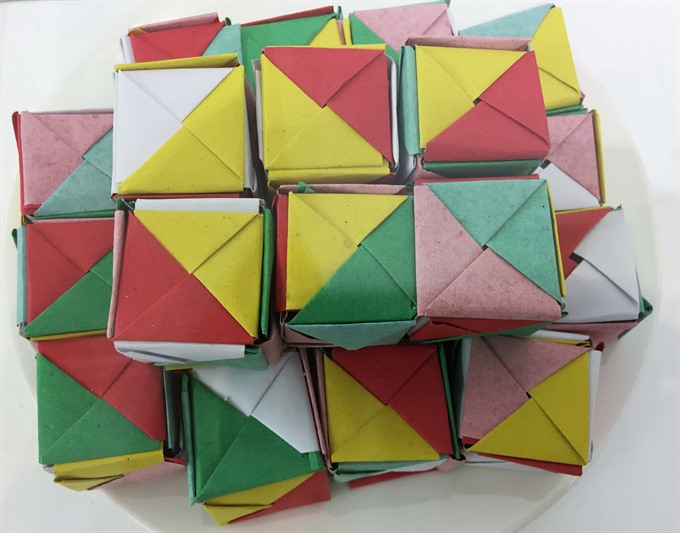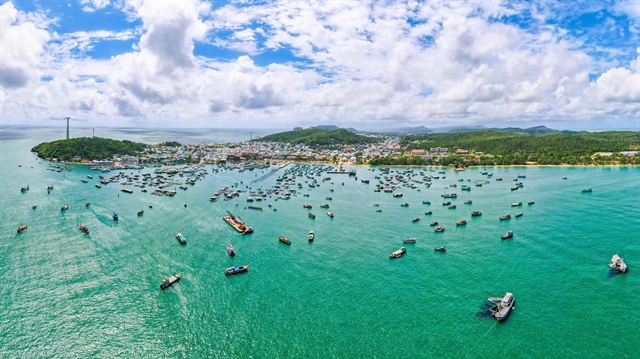 Life & Style
Life & Style

Eight months ago, local authorities in the central province of Thừa Thiên-Huế announced a plan to make Huế the food capital of Việt Nam. On Tuesday, they carried out the first step.
 |
| Fit for a king: Delicate wrappings for bánh gối, a type of candy that was once served only to kings. — VNS Photo Phước Bửu |
THỪA THIÊN-HUẾ — Eight months ago, local authorities in the central province of Thừa Thiên-Huế announced a plan to make Huế the food capital of Việt Nam. On Tuesday, they carried out the first step.
The province’s Department of Tourism signed a co-operation memorandum with Đại Nam – Thái Y Viện, a local company focusing on areas like food and tourism. The provincial People’s Committee, which authorised the department to sign the memorandum, said the signing was the first move towards implementing the plan; however, it did not reveal the actual works of the document.
The parties will start their work in April.
Last April, the province gathered some of the country’s leading gastronomy researchers at a conference to discuss ways to utilise the food culture of Huế, the former imperial capital of Việt Nam, to develop tourism.
They developed a plan designed to make the former royal city the food capital of the country.
Under the plan, Huế cuisine would have its signature while the city’s specialty dishes would get their own trademarks. Authorities, researchers and businesses would work closely to develop the brands.
Restaurants and eateries around the city serving authentic Huế dishes would put up signature boards for visitors to recognise them.
The Department of Tourism would brainstorm tour programmes that offer tourists a chance to taste and explore local cuisines. Those visitors would be able to visit lagoons and farms where ingredients for local dishes are harvested. Then, they could observe the preparation and cooking process.
Some programmes would allow tourists to lend a hand in growing and harvesting vegetables in the farms or go shopping for ingredients in local traditional markets.
They would also get chances to go further in studying Huế’s gastronomy by sampling local folklore-style, royal-style and vegetarian food.
The plan also included an ambitious proposal to construct a food museum, which would offer a study space, a display space and an area to watch culinary performances and buy food.
As the former capital of the country’s last monarchy, the Nguyễn Dynasty (1802-1945), Huế is already a centre of Vietnamese gastronomy due to the fact that top chefs from different regions of the country moved there to serve the royal family. Today, the city is known as the home of almost 1,700 of the country’s 3,000 dishes. — VNS




